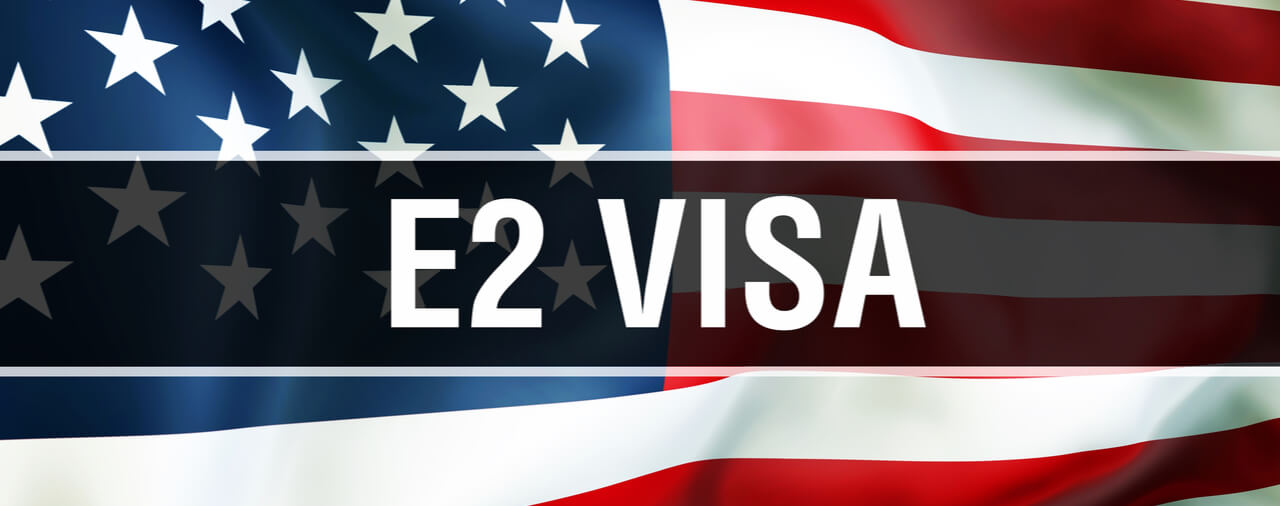
Family Based Immigration
One method of obtaining lawful permanent residency is through a qualifying relative who is either a United States citizen or a lawful permanent resident. United States citizens and lawful permanent residents can help their qualifying foreign relatives in petitioning for lawful permanent residency in the United States and eventually even citizenship.




